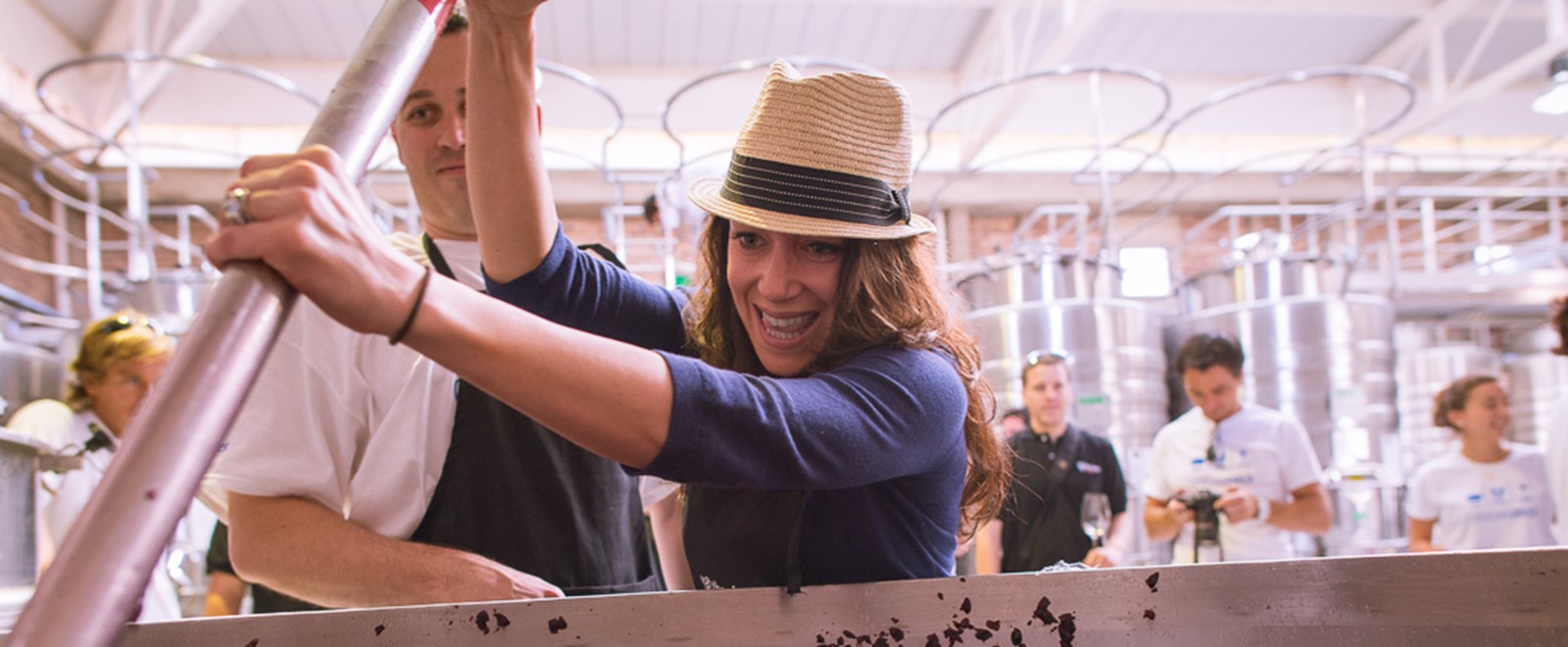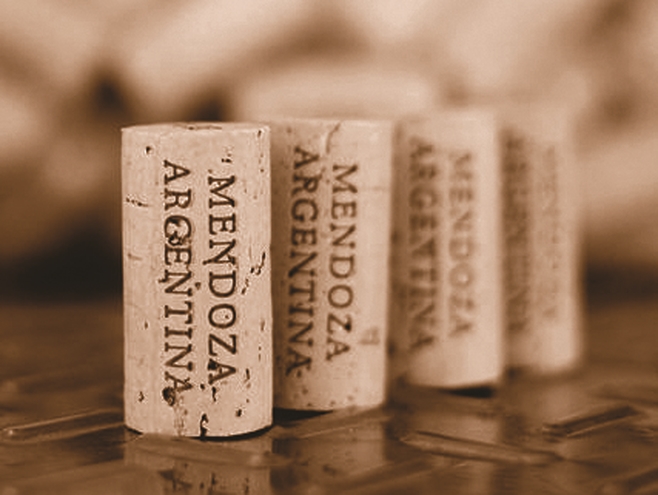1. Tannins - Derived from the grape’s skins, seeds and stems, and the wood from oak barrel aging, tannins bring structure and “heft” to a red wine that may make the wine less approachable as a young wine but will allow the wine to evolve and mature over time. These high tannin wines may come across overly aggressive in their youth, however, given more cellar time the tannins soften and mellow. As a quick aside, there are white wines that age well without significant tannic components, but they tend to rely on high acidity or residual sugar for extended aging.
2. Acidity – Typically cooler climates or regions that enjoy dramatic shifts between day time and night time temperatures (diurnal shifts), result in grapes that carry higher levels of innate acidity. Higher acidity levels can help preserve a wine’s integrity over time and allow for promising aging potential.
3. Residual Sugar (R.S.) – Higher levels of residual sugar also act as a preserving mechanism for aging white wines and allows for the development of complex characteristics as the wine evolves over time. Many of Germany’s higher-end Rieslings or Bordeaux’s Sauternes rely heavily on their elevated residual sugar levels to give them extended cellaring time.
4. Alcohol – While there are always exceptions, typically moderate alcohol levels in a wine will extend the aging potential of a wine. Overly “hot” wines tend to degrade faster, unless of course it is a fortified wine like a Port or Sherry, where the fortification will effectively preserve the wine for quite some time.
While these four factors when well-balanced significantly contribute to a wine’s aging potential, it should be noted that most of the wines on the market are not built to get better with time. In fact, many estimates reveal that only 1% of today’s wines are truly age worthy and will actually improve given more cellar time. That leaves the majority of wines showing their best drinking potential within 2-5 years of bottling at best. As a rule of thumb, wines consistently under the $35 mark are generally not going to improve with more bottle time. However, there are wines that have the versatility to show well in their youth and continue to evolve and gain complexity with time. These wines when consumed early on will typically give fresh, fruit-driven characteristics and as time goes on most of the fruit components dissipate and more concentrated and complex spice, leather, candied fruit, nutty or earthy aspects take their place depending on the wine’s style and production methods.

